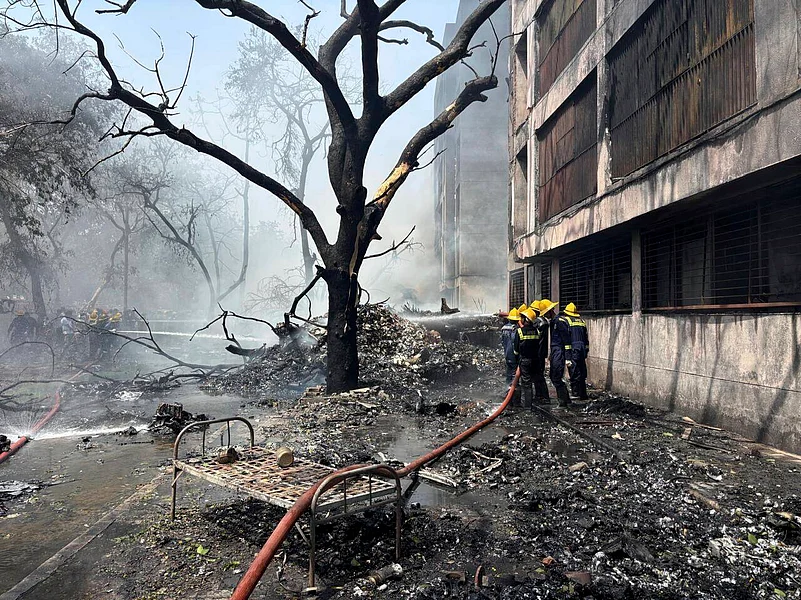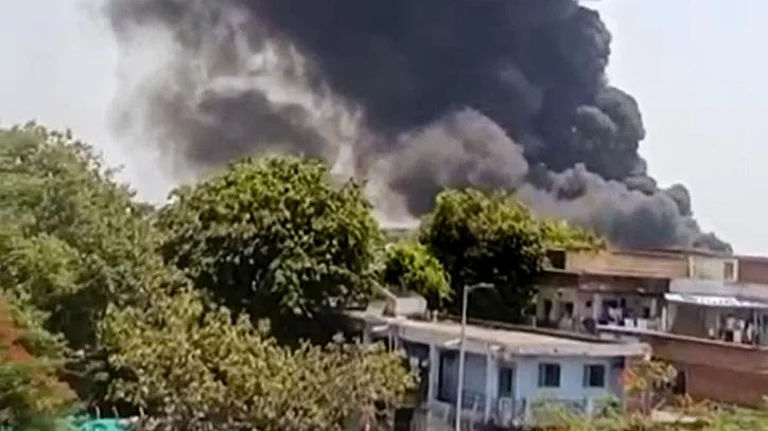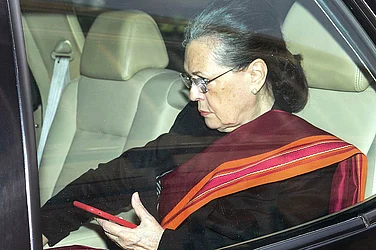On June 12, 2025, a sleepy Ahmedabad residential neighbourhood was sent into shock when an Air India Boeing 787‑8 Dreamliner (VT‑ANB) crashed. The flight, which was bound for London, crashed shortly after take-off from Ahmedabad. The accident has rekindled concerns about the 787’s reliability.
While investigation into the reasons behind the crash are ongoing, the incident casts a shadow on the technical issues with this model of plane that was once considered state-of-the-art.
Batteries Blazing
In 2013, two Dreamliner airplanes had trouble with their lithium-ion batteries. In January 2013, fires onboard an All Nippon Airways plane in flight and another Japan Airlines plane parked at Boston Logan caused the FAA to ground the entire fleet.
NTSB investigators said the fires were caused by internal short circuits and inadequate battery containment design. They said these were a result of oversight failures by GS Yuasa, Boeing, and the FAA.
Boeing changed the insulation of its batteries to ceramic, and added steel housings, and tighter voltage controls. However, the issues with the battery charger continued through 2014.
Structural Concerns
In 2021, whistleblowers and Boeing engineers said that there were excessive gaps between fuselage panels, over and above the FAA‑approved limits.
These whistleblower revelations caused Boeing to voluntarily halt deliveries in late 2020 and rework all 787s that were in-production and in-service. The whistleblower claimed that the airplanes were not reliable in the long-term due to embedded drilling debris in joints and hidden stress cracks.
APU Overheating & Software Bugs
In one of the Dreamliner’s early flights, an auxiliary power unit (APU) overheated when its inlet door shut upon shutdown. This would warp the rotor shaft and require lengthy cooldown times. Boeing had to redesign the APU.
In 2015 and 2020, software flaws emerged: the system uptime counter, stored in signed 32-bit integer format, could overflow after 248 days causing the power generators to crash. The FAA required operators to fully power-cycle their jets every 51 days to reset this issue.
Manufacturing Shortcuts & FAA Scrutiny
In April 2024, Boeing engineer and whistleblower Sam Salehpour said that the company had indulged in shortcuts during production. According to Salehpour, over a 1000 Dreamlines had improper fastening, stress-exposed joints, and hidden debris. The FAA opened an investigation. Boeing defended its quality control, and said it had conducted extensive tests showing structural resilience.
Another FAA probe found employees falsifying inspection records. Boeing reported voluntary fleet inspections, acknowledging no immediate safety threat but promising tighter oversight.
Now, as investigators comb the crash site and corporate watchdogs intensify scrutiny, the Dreamliner stands at a crossroads.



























